What are internal links on a website?
As an example, this is an internal link to our homepage. I will dive into a detailed explanation below.
Why are internal links important?
- Internal links help your users navigate your website
- Internal links help search engines find and index pages on your site, thus establishing your website’s hierarchy
- Internal links help you pass link equity between your pages to rank them higher for their target keywords
Imagine your website as a city 🏙️. Then internal links are like roads connecting different neighborhoods 🛣️. Roads help people navigate the city, just as internal links help search engines navigate your website.
What is internal linking In SEO, and how does it work?
In my daily work, I see way too many websites underutilize internal links. This is a pity as internal links simply provide too much “bang for the buck.” But the most common reason I see people skip internal links is that they don’t even know what they are and how they work. Let’s change that.
Internal linking is the SEO practice of creating a link from one page on your website to another page on your website.
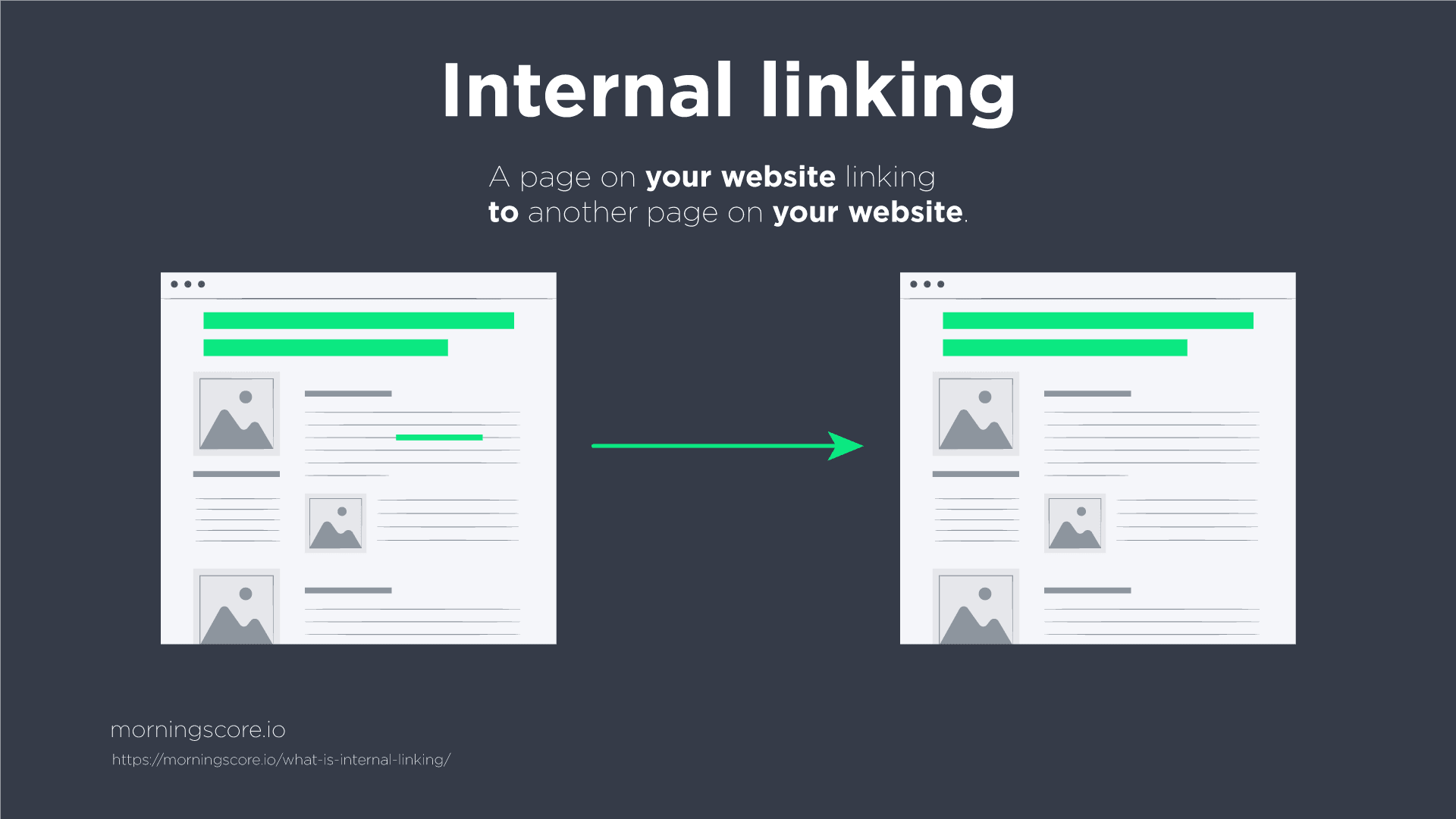
Like all HTML links on the web, users need internal links to navigate between pages. Similarly, search engines use internal links to understand the hierarchy of all the pages on your website. Additionally, all internal links are simply backlinks – and it is no secret that backlinks are still one of the most important factors for SEO. Naturally, pages that you link to most often are seen as a higher priority. As a result, they receive more link equity from Google’s algorithms.
The only difference here is that internal links are all links from and to your own website. If you decide to link to another page, this is known as an external link. External links are also called outbound links because they are bound to send the user away from your page to another page. The names “external links” and “outbound links” are used interchangeably.
Meanwhile, since there are outbound links, we also have to mention inbound links. However, keep in mind that internal links are not the same as inbound links. An internal link is strictly a link pointing between two pages on your website. An inbound link points from a page on another website to one of your pages. The image below visualize the relationship between internal links, external links, outbound links, and inbound links.
You can also read this, to further understand how inbound and outbound links work and how they differ.
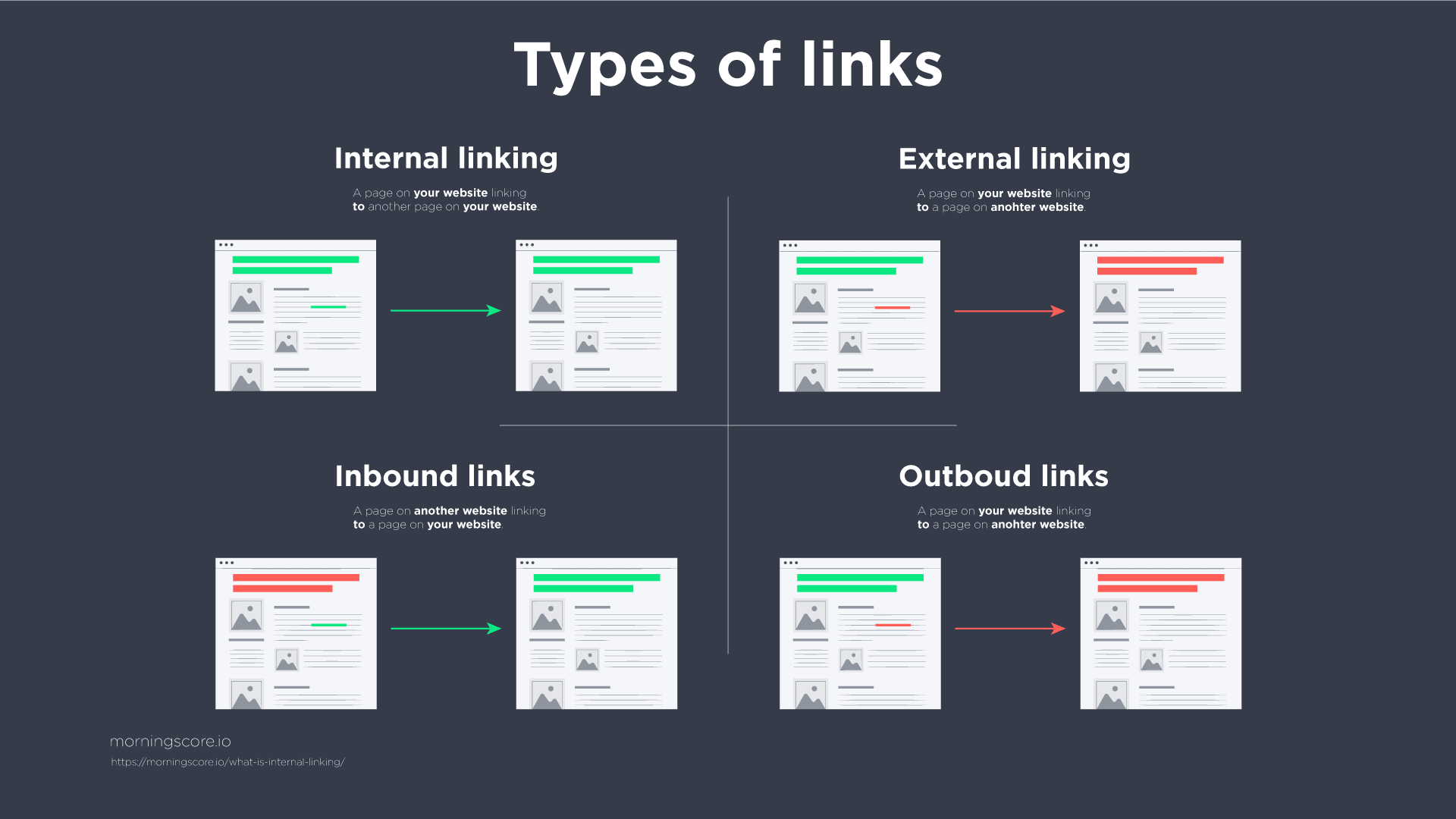
So as you can see, it all comes down to the point of reference. There are no special attributes that denote or differentiate internal links or external links.
💡 Tool tip:
You can use our SEO tool to get an overview of your internal links. It’s free for 14 days and quick to set up – no installation or credit card required:
8 tips to improve your internal linking
Remember the eight tips I mentioned, to improve your internal linking? Here they are:
- Use keywords in your internal link anchor texts
- Only create relevant, contextual internal links
- Link form your blog content to your products
- Only ever create dofollow internal links
- Write more content to create link opportunities
- Avoid automating internal linking
- Avoid linking from pictures
- Update and optimize old content
By incorporating these tips into your SEO strategy, you’ll not only boost your website rankings, but you’ll also increase user experience, which is also a key factor in SEO.
Now, let’s take a deeper look at each of these tips, to further expand your knowledge about how to improve your internal linking.
1. Use keywords in your internal link anchor texts
The anchor texts provide Google with more context as to what the content on the linked page is about. It also increases the relevancy for the end-user reading the post, as it creates an expectation of what to expect once they land on the page. Because anchor texts play an important role in ranking higher, many SEOs try to game the algorithm by buying links that feature their exact keyword in the anchor text. Since Google has taken notice of that, the algorithms now monitor for unnatural linking through anchor texts. Accordingly, they can demote those pages from the Search Results.

The great news is that Google is not as strict with the anchor text of your internal links as they are with external links. As such, you can freely use the keywords you want to rank on as the anchor text for your internal links.
2. Only create relevant, contextual internal links
Because internal linking can give you a great SEO boost, it’s often tempting to fill your pages and blog posts with them. Hey, it helps Google and the user, right?! However, adding tons of internal links to your content is not a good idea, and it’s definitely something you should stay away from.
But there are more reasons why you don’t want to fill your pages with internal links. It is both visually confusing and displeasing to look at internal links in every sentence from a user’s perspective. Simply imagine a book where every sentence has a footnote that you feel obligated to refer to every time.
Besides that, what you really want from your internal links is for users to click on them. This would be your main goal if your links truly are contextual and provide more value. With such expectations, it would take the user hours upon end to go through one of your blog posts if they have to refer to all of the 50+ internal links you’ve added to it. Naturally, no user wants to do that – or even has the time for it.
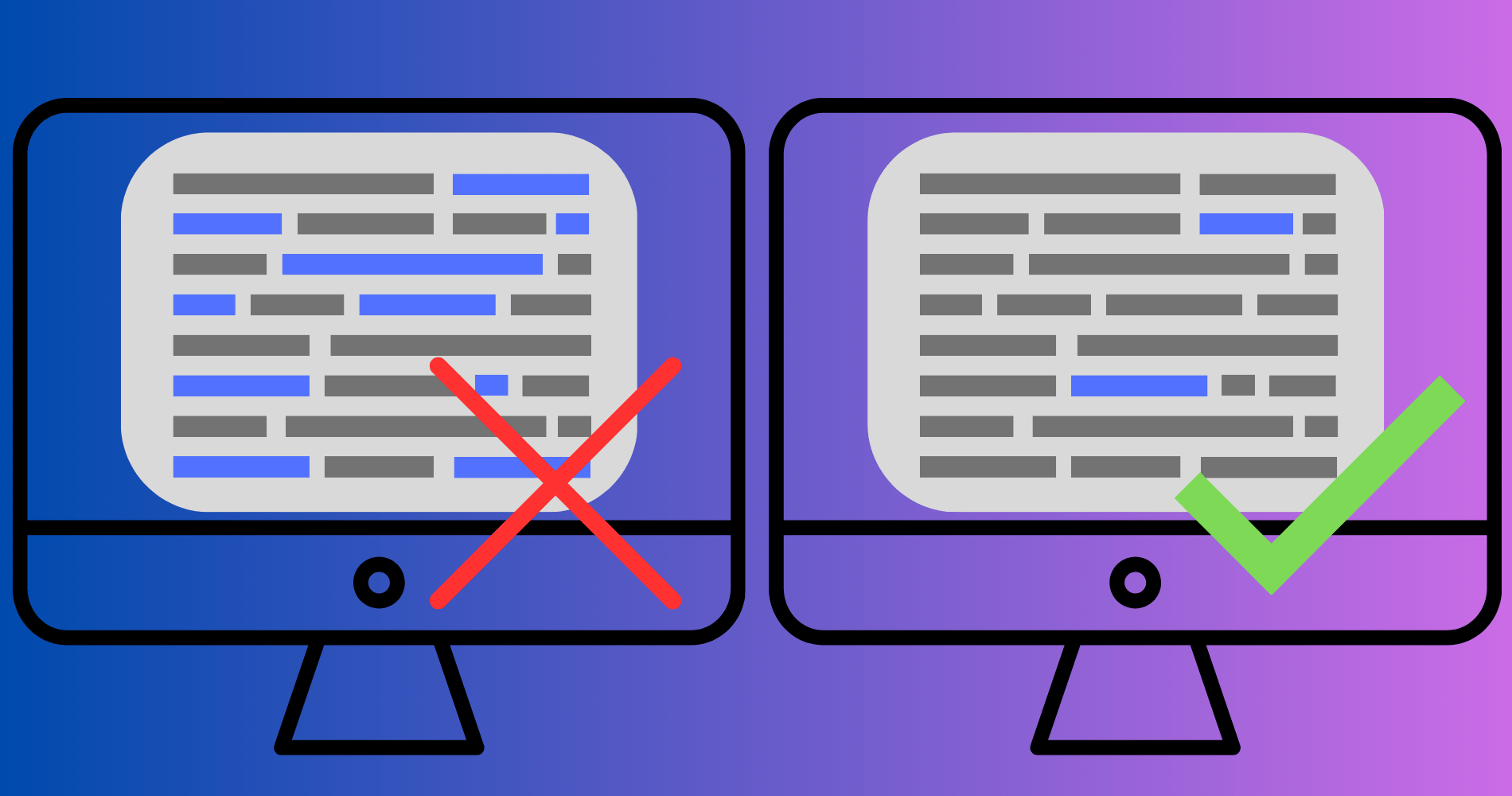
3. Link from your blog content to your products
Ultimately, everyone’s goal in generating traffic is to earn money by offering a product or a service. Even 100,000 monthly visitors can’t pay the bills if none of them do business with us.
Because of that, it’s paramount to get people to see our offers – and here, internal links come in very handy.
Firstly, as we established, contextual internal links promote users to explore more of our content. Because of that, where the opportunity presents itself, we can funnel website visitors to our product pages. Naturally, every user is at a different stage of the customer journey. Some are simply curious, while others are in the process of collecting the last bits of information they need to make a purchase. This applies to your website visitors as well. Although you shouldn’t expect crazy returns just yet, you can easily boost your conversion rates by a few percent.
Secondly, internal links tell Google which pages we find more valuable. Naturally, linking to our product pages also boosts their performance in the Search Results. This effect is further reinforced if the linking content has inbound links from other websites.
Well-written blog posts tend to attract links from other websites, unlike product pages that rarely earn links. Product pages simply don’t provide a good enough reason to get that.
In turn, creating blog content allows you to then pass even more value to your product pages through the internal links. And doing this gets you more website visitors that are actively looking to buy. And thus, you get to keep the lights on for just a little longer.
4. Only ever create dofollow internal links
When you link to a page on your own website, remember to avoid using the nofollow attribute. Nofollow links tell Google that they shouldn’t visit the link on the page – because you don’t trust or recommend it. As such, this suggests to Google that it shouldn’t pass link equity to the linked page. Naturally, this is not what you want to happen with your own pages, and your internal links should only be dofollow.
5. Write more content to create link opportunities
If you have one or more important pages (money pages), but you’re unsure how to build internal links to them, you can favorably write new quality content specifically about that topic and link to a product page.
The bread and butter of internal linking is having content to link from. Suppose you have a few landing pages around your products or services – but you don’t know how to link them internally. In this case, you can easily create more relevant blog content around your products, answering questions your target users might have. Doing this also helps you create “a hub” of relevant content, allowing Google to better derive meaning from your posts and thus rank you higher.
6. Avoid automating internal linking
Some tools and plugins provide the idea of automating internal links. This can sound great on paper, but it can be quite harmful in practice. Like your title tags and meta descriptions, it’s always a bad idea to automate things in regards to SEO. The final product is simply never optimal as it will never be as good as if a human created it.
Automated links rarely fit in the context of your content and thus provide less or no value for the end-user. Additionally, as all of your pages link to the same other pages repeatedly, you send bad signals to Google. By doing this, you run the risk of triggering some of its spam algorithms.
7. Avoid linking from pictures
Where possible, always try to link from written content instead of a picture. A picture link can never provide enough context to Google and the user compared to text links. And as we mentioned before, relevance and context are everything when it comes to internal linking.
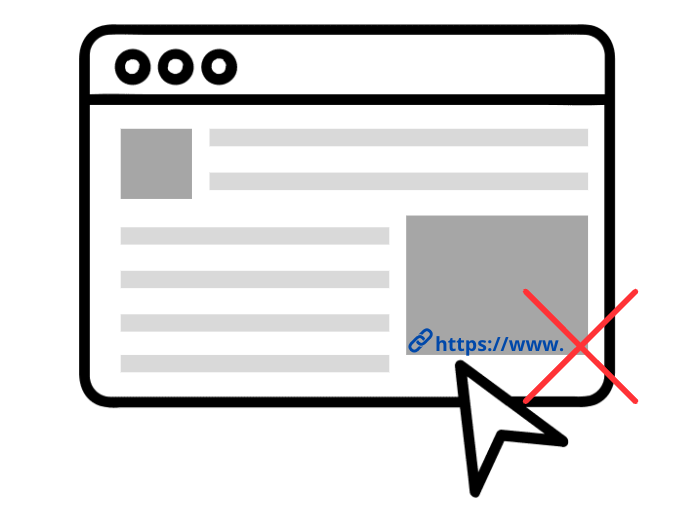
Lastly, if your only option is to link from a picture, make sure that you add relevant alt text to the picture – since that will be used as your anchor text instead.
8. Update and optimize old content
While writing new content is important, updating and optimizing your old content is just as important. When regularly updating your content, it sends signals to search engines that both your website is actively maintained, and the content you provide is fresh and provides up to date information.
Now you might be wondering where internal links exactly factor into this. Internal links are a very good way to get Google to crawl your website again. You also might have written new content, where an internal link from, or to an old post would enhance the users experience on your site.
How does internal linking help SEO?
By now, it should be clear that internal links are a good thing to keep track of since they are essential for both end-users and search engines. From my experience, internal links are an excellent booster for your SEO rankings, and they work very quickly. Let’s examine in detail how exactly they help SEO.
Internal linking creates a contextual map of your website for search engines, establishing a hierarchy by giving your most important pages more link equity, increasing your SEO potential.
Without a contextual map of your website, both Google and your users see your content as scattered. This is bad from a UX(user experience) perspective since users naturally want to explore more content. Similarly, content relevance is an important factor for ranking. Google promotes well-organized websites that thoroughly cover the keywords in their niche.
As such, underutilizing internal links can negatively impact your website’s engagement rates. In the long-term, it can also cause you to lose out rankings to your competitors, who are employing every conceivable method to get to the top.
The eight tips we went through earlier are all well and good, but what are the benefits from all that work.
Let’s take a look at the benefits of internal linking for SEO:
Internal links spread link equity among pages
As per Google’s PageRank algorithm, we know that links on the web pass value between each other. This is true for both internal and external links. Building natural links towards your product pages is almost impossible. The reality is, your products or services landing pages rarely provide enough value to other website owners to receive inbound links directly.
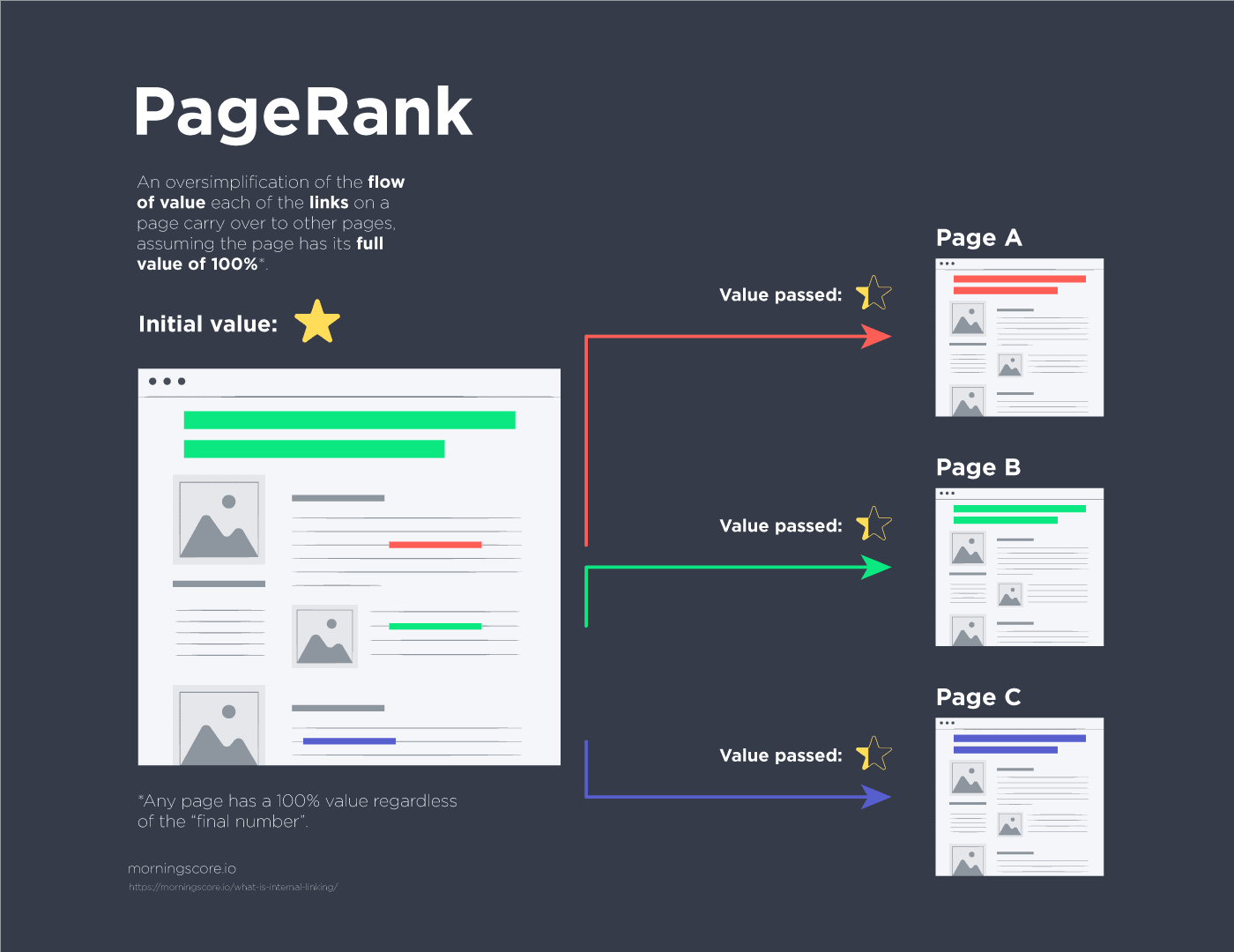
However, because internal links pass PageRank value, we can sculpt authority for product and service pages from other pages on our site. Such are most often blog posts as they naturally provide enough value to other websites, earning backlinks along the way.
This way, we can boost the performance of our main pages with link equity/value provided by backlinks from other websites – without involving ourselves in link schemes and bad SEO practices.
Internal links help Google establish a contextual index
In addition to passing on value from your strongest pages, with internal links, you can also try to tell Google which of your pages you would like to rank on a given keyword. This is especially important if you have multiple pages on the same topic targeting similar keywords in texts, page titles, etc.
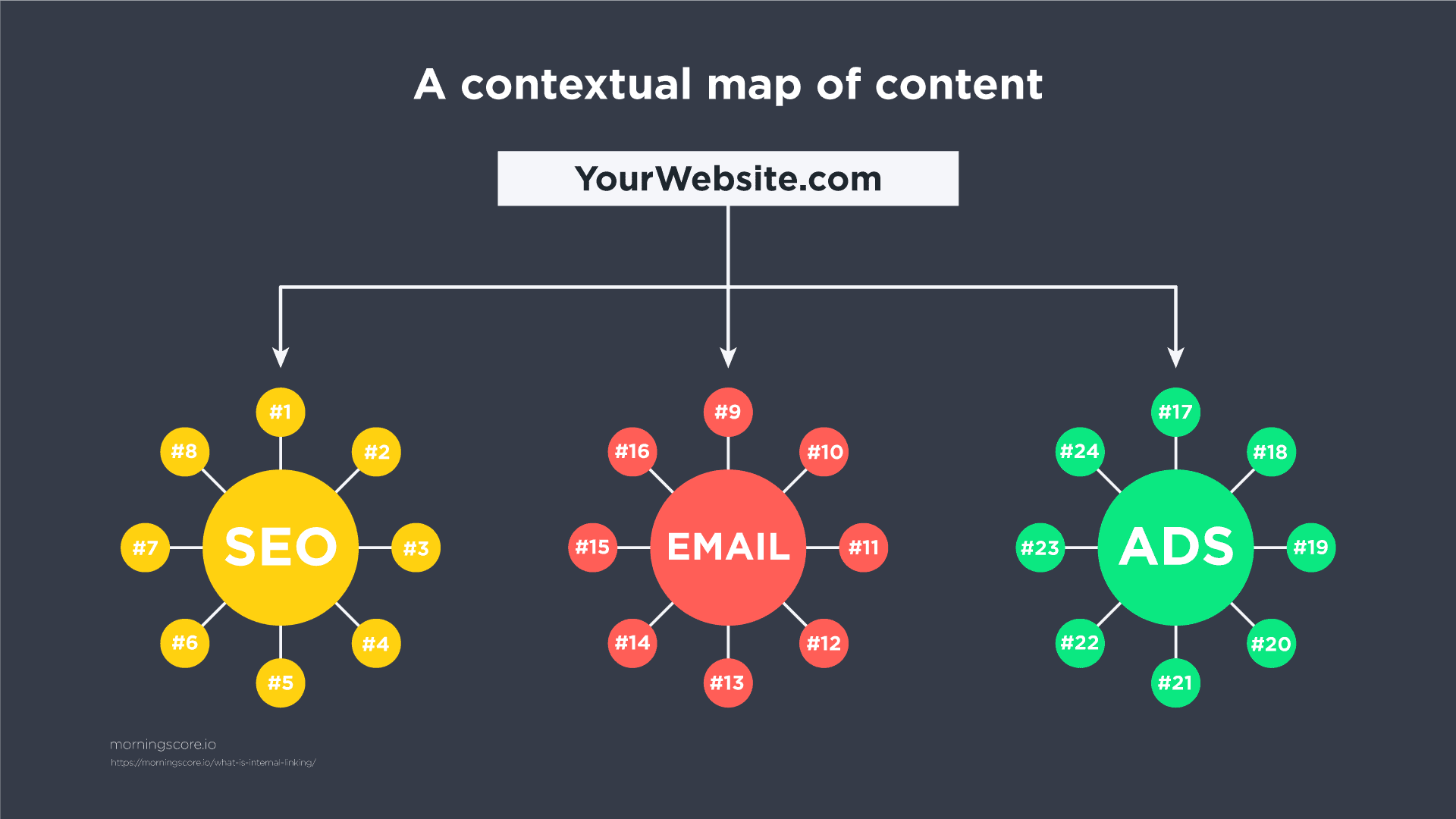
For example, we have several posts and landing pages about link building. To further help Google distinguish which page fits which search intent, we build internal links with the appropriate anchor text.
Internal linking improves crawling and indexing
Internal links also enable Google to find more pages on your website. Furthermore, as we established, they help you show a hierarchy of importance for your pages. Google wants to show only the best content in the search results. By utilizing internal links, you give Google signals of which pages on your website you value most. And naturally, the algorithms are more likely to feature them in the Search Results.
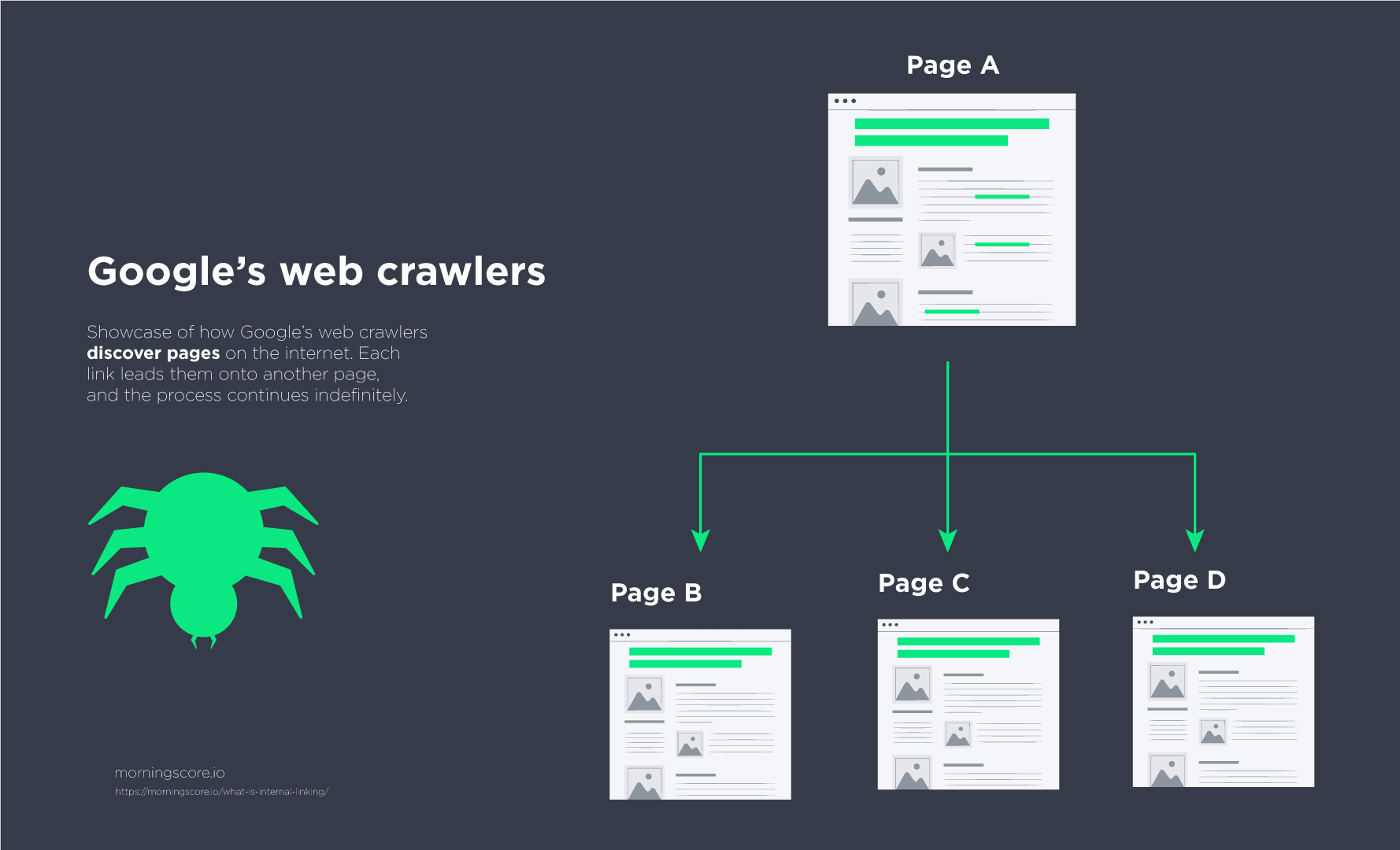
Similarly, highly important pages that rank well also need to be up-to-date. As a result, Google tends to crawl and update your pages more often the more authoritative they are. Even if you lose some of your rankings over time, you can update your content and regain its keyword positions at the top much easier.
Internal linking improves the User Experience and navigation
With all this talk about Google, it’s easy to neglect why internal links exist in the first place. As we established, links are the very nature of how people navigate the web. Internal links help your visitors navigate your website with ease in a similar manner.
By providing more context in your content, you improve the experience for the end-user. Consequently, Google rewards you for everything you do to improve the User Experience (of course, with a few exceptions). That is because ultimately, it’s the end-user that has to be satisfied to use Google again.
Internal links boost your website’s engagement metrics
Let’s also not forget that rewarding users with great content also has clear upsides for you. By funneling visitors to other pages on your website through internal links, you’re directly improving all of your engagement metrics. This means that you create more opportunities among more people to eventually offer your products or services.
Firstly, with contextual internal links throughout your content, you will see an increase in your average pages per session. This is directly caused by users exploring more of your content as they land on your website. In turn, this is great because it means you’re building a more loyal following as you’re solidifying your brand among this group of curious website visitors.
The second metric that you will see improve is the time users spend on your website. This has a great return on investment, as companies spend billions online trying to grab the attention of their target market.
Lastly, you will also see an improvement in your bounce rates. This metric correlates with the previous two – but it’s still very satisfying. The more time people spend on your website, the higher the likelihood of visiting your other pages – and thus, lowering your bounce rate. This is yet another indicator of success, as low bounce rates indicate your website is relevant to your website visitors.
Internal links have a great return on investment
One of the biggest benefits of internal links is their cost compared to the potential gains. Internal links are free and don’t require much time or resources compared to producing content that attracts backlinks. Similarly, you don’t have to wait to build internal links as they take virtually no time to create.
In contrast, this article outlines that building more than 50 high-quality links per month is highly unlikely, even if you have someone working on that full-time. If we quickly run the numbers for a full-time employee working on your link building for a month, we can see that roughly one link takes a little over 3 hours to build on average.
From an ROI perspective, this means that you have to pay for their salary PLUS additional costs involved with building these links. While this is always a necessary cost when facing tough competition in search, a quick (and much cheaper) way to boost rankings is to leverage internal links.
Internal links help you rank for more long-tail keywords
According to research, long-tail keywords account for 70% of all web searches. Additionally, the click-through rate for long-tail keywords is 56% – almost double compared to the 30% for single-word keywords. So it shouldn’t come as a surprise that long-tail keywords are precious, and you want to rank for more of them. By strategically mapping out your internal links, you can quickly expand the long-tail keywords each of your linked pages ranks for.
For example, assume we’re trying to rank one of our pages for the keyword “women shoes.” While ranking for the head term is great, consider that many people also search for variations of that exact phrase.
Naturally, we want to appear on as many of those close variations. A great way to get a chance to rank for such similar terms is by using different anchors. For example, from 3 different pages on our blog, we can link using the following anchor text:
- “cheap women shoes”
- “shoes for women on a budget”
- “affordable shoes for women”
Internal linking keeps older posts evergreen
As the name suggests, evergreen content is content that remains relevant regardless of how old it is. In contrast, content that isn’t evergreen is one for which the demand drops over time.
In reality, you can rarely create truly evergreen content that doesn’t need maintenance and the occasional update. However, regardless of how old your content is, there’s still hope for it. Internal links are a great way to bring some life back to your older articles.
Simply find older content, pieces that do not rank very well any longer, or those that have lost a portion of their traffic – all which you can use your SEO monitoring tool to identify. Once done, interlink them from relevant articles that are enjoying a healthy share of traffic. This way, you’re both referring people between your pages, and you’re improving the odds of ranking your older pages higher up. Obviously the pages you link from have to be in the right context, as a random link to an old blog post doesn’t do any good.
Internal linking helps you raise and solidify brand awareness
SEO and branding go hand in hand. Having strong branding influences how well you rank for your target keywords directly. However, you might not have expected that SEO is also a great channel to build your brand from scratch. How come?
While only so many people search exactly for your products or services at any given moment, there are tons of users in the earlier stages of the customer journey. And what are they doing? That’s right, they are researching options, reading reviews, watching how-to videos, and so on.
In general, we can summarize all this type of content as “Informational SEO,” – and as the name suggests, we’re not aiming for the purchase right away. Instead, this is a more long-term strategy that aims to continuously educate consumers and thus regularly provide new leads.
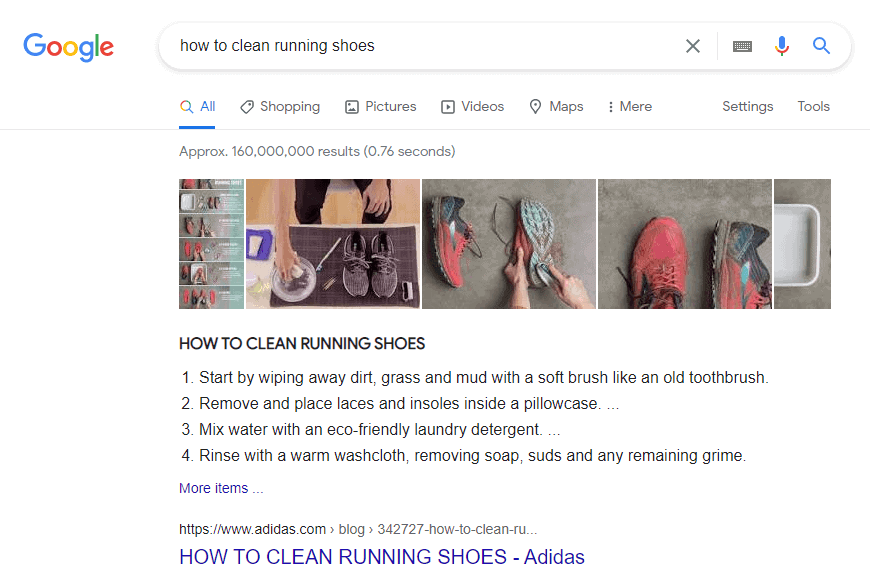
Internal links help you back your arguments
I find that one of the best ways to use backlinks throughout my content is to back up the arguments I’m making. However, those backlinks don’t only have to lead to external sources.
For example, suppose you’ve already created a resource with statistics that are relevant to your industry. In that case, you can reference certain numbers from that study to back up your arguments in other blog posts. Not only does this tie your content contextually together, but you also have an easier time establishing yourself as an authority in your industry.
You can always reconfigure your internal links
I rarely see perfectly planned SEO campaigns. This is normal as there are always some constraints with time, money, and production resources. In turn, as SEOs, we often need to make adjustments later after we’ve collected some data and can do a more in-depth review.
One of the main challenges when reviewing your SEO efforts is that some things can’t be changed so easily – namely, backlinks. This can be quite frustrating, considering it’s one of the top factors for ranking.
However, what you can control is your internal link strategy. And as we established, if used correctly, you can sculpt authority for your important pages through your blog content.
Don’t like the anchor text you’ve used? You can change that at any point! Think your internal link sounds too forced and doesn’t fit the context? A couple of quick edits, and you’re done! Found an internal link opportunity? It takes no longer than a minute!
If you want to unlock the potential of internal linking and visualize the effectiveness of your entire SEO strategy, read more about Morningscores features as it will help you elevate your search engine rankings.
Optimize your internal links and improve your search rankings and visibility
As Google increasingly aims its algorithms against spam on the internet, you shouldn’t create internal links just to have them. Because of that, relevance and contextuality are more decisive than ever. This doesn’t necessarily mean that excessive internal linking will result in a penalty. Instead, here we’re aiming to prevent “neutering” our internal links – and only use them in the right way so that they still pass as much value as possible.
Google doesn’t just look at individual pages when determining their ranks but instead at the website as a whole. Yes, the “80/20 Pareto principle” applies to SEO as well – and 20% of your pages will receive the 80% majority of your traffic. However, you rarely see a singular page ranking at the top while the rest of the website struggles.
At least, I personally haven’t seen many (any?) cases of this happening (considering I dig up tons of information every day as part of my work). In the vast, vast majority of cases, there is some harmony and correlation between the overall quality of the website and the rankings of individual pages.
In conclusion, your internal linking strategy is essential for your SEO success, and you shouldn’t neglect it. Well-optimized internal links boost your rankings and help you get more traffic from purchase-ready keywords. Similarly, they also improve your website’s engagement rates, as users find them relevant and keep on reading your content.










